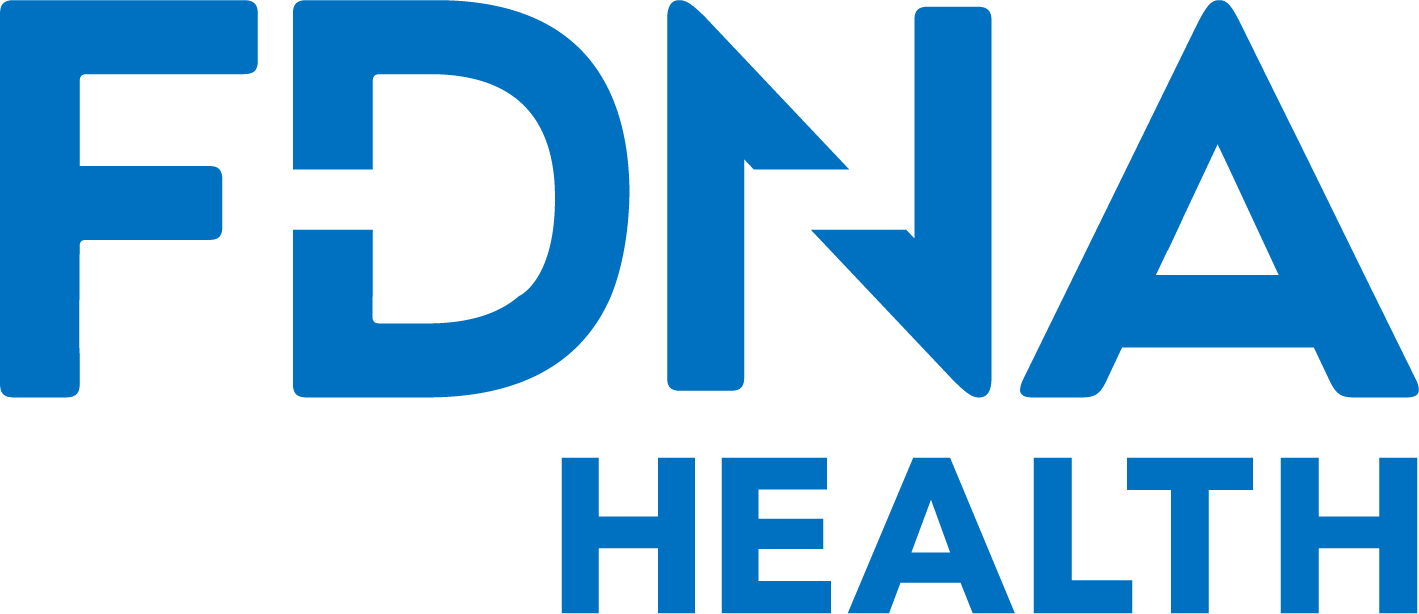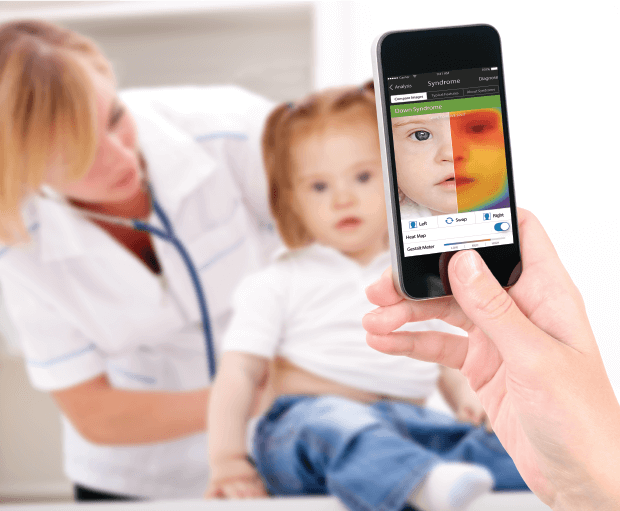Nuestro hijo tiene un diagnóstico incorrecto, ¿qué sigue?
Recibir un diagnóstico incorrecto puede ser devastador tanto para el paciente en cuestión como para su familia.
Un diagnóstico incorrecto puede tener muchas implicaciones, incluida la demora en garantizar que el paciente y su familia reciban el apoyo y el tratamiento adecuados. En algunos casos, incluso puede significar que un paciente mal diagnosticado recibe el tratamiento y las opciones de atención incorrectos.
In the UK alone, up to 50% of rare disease patients have received a wrong diagnosis throughout the course of the diagnostic journey. Over 30% of rare disease patients have received up to 3 misdiagnoses before receiving the correct one. T
Estas cifras enfatizan las luchas y frustraciones que enfrentan los pacientes con enfermedades raras y sus familias. Sin un diagnóstico correcto, los pacientes no pueden acceder al tratamiento y la atención que contribuirán a mejorar su calidad de vida y los resultados de su vida futura. Mientras tanto, incluso puede conducir a un deterioro de su salud y condición médica.
En primer lugar, echemos un vistazo a lo que significa exactamente un diagnóstico incorrecto o erróneo.
Misdiagnosis is when a medical professional assigns a diagnosis of a disease or health condition to a patient that turns out to be incorrect. This is a particular issue with rare diseases. Many genetic syndromes have overlapping features, and many syndromes are still undergoing more intensive and in-depth research to understand their causes and symptoms better.
Cuanto menos sepamos sobre las enfermedades raras, más probable será un diagnóstico erróneo. Para las personas con estas enfermedades huérfanas (afecciones tan raras que atraen muy poca atención de los medios de comunicación y la investigación), recibir el diagnóstico correcto puede ser un viaje largo y difícil.
Fabry disease is a rare genetic syndrome that is commonly misdiagnosed. As a multisystem disease, it shares similar symptoms with other conditions (Schindler syndrome, Gaucher disease) and because some symptoms do not present until later in life. Up to 25% of patients with Fabry disease have received a misdiagnosis, and in most cases, females are more likely to be diagnosed or wait longer for a correct diagnosis than males.
Para muchos pacientes y sus familias, un diagnóstico erróneo es solo un paso más retrasado en su viaje de diagnóstico. El diagnóstico incorrecto contribuye al tiempo prolongado que les toma a muchos pacientes con enfermedades raras encontrar un diagnóstico concluyente. El tiempo promedio actual para un diagnóstico correcto de una enfermedad rara en los EE. UU. Es de aproximadamente 5 años. Estas cifras no representan realmente el gran número de visitas al médico, citas, pruebas y evaluaciones que representan estas cifras. No transmite adecuadamente las horas desperdiciadas en viajar a las citas, visitar a los médicos y el costo emocional que todo esto conlleva. Tampoco transmite adecuadamente la cantidad de tiempo perdido para obtener la ayuda adecuada para un paciente con una enfermedad rara, un paciente que puede sufrir otras afecciones médicas y de salud que afectan su calidad de vida.
However, in recent years there has been the beginnings of a concerted and global effort from the rare disease and medical communities to improve the diagnosis of rare diseases. These initiatives include the NORD Rare Disease Database, accessible to patients and their families. In 2020 alone, the EU made available over 1.4 billion euros worth of funds for rare disease research and innovation projects. And while these collective efforts will help rare disease patients receive a more timely and more accurate diagnosis, in the meantime, there is still a delay for patients and their families.
Aquí es donde entra en juego la nueva tecnología médica de IA.
It aims to shorten the diagnostic journey for rare disease patients and, at the same time, improve the accuracy of the diagnosis they receive. One leading example of this is the FDNA Health telegenetic platform. It uses facial analysis recognition technology to identify the markers for thousands of rare diseases and genetic syndromes from a photo. This means Análisis genético that is fast and, most importantly, for patients already facing a misdiagnosis, accurate.
It also connects patients to genetic counselors who can interpret the technology and help families understand the next step in the pursuit of a correct diagnosis. This might involve further consultations with a geneticist and a referral for more specific, targeted genetic testing and screening. All of this support and counseling can be received online and from the comfort of your own home. Assisting rare disease patients to access specialist support and assistance helped shorten diagnostic journeys for many families.
Recibir lo que luego descubre que es un diagnóstico erróneo puede ser un proceso solitario, frustrante y difícil. Hasta que tenga un diagnóstico correcto, es imposible acceder a los grupos de apoyo, la información y los especialistas que pueden marcar la diferencia en la vida de un paciente con enfermedades raras. Sin embargo, buscar nuevas tecnologías y plataformas de telegenética puede ser la respuesta para garantizar que los diagnósticos erróneos sean cada vez menos comunes en el campo de las enfermedades raras.









